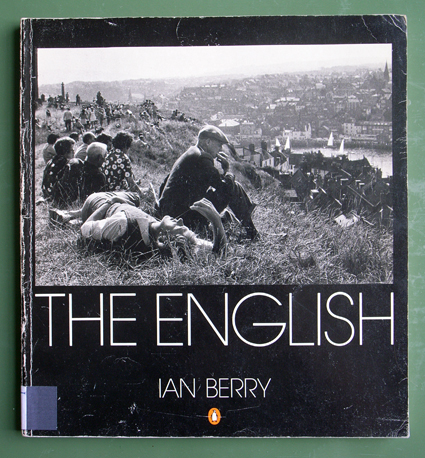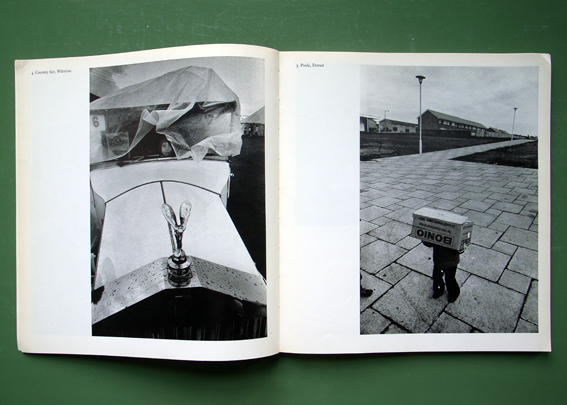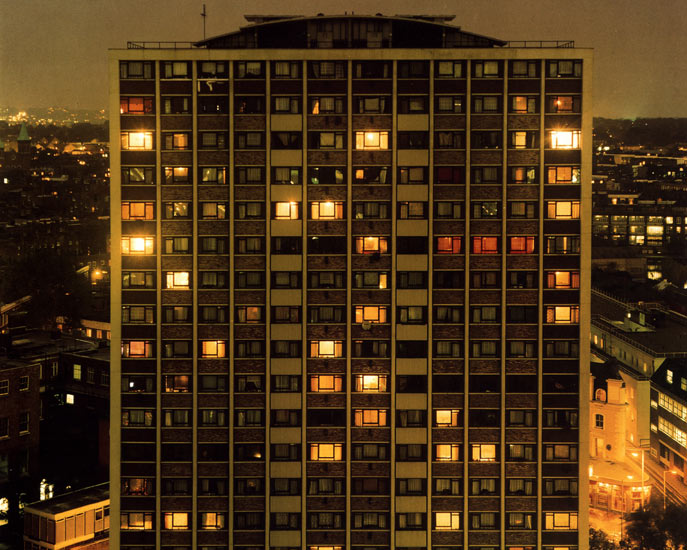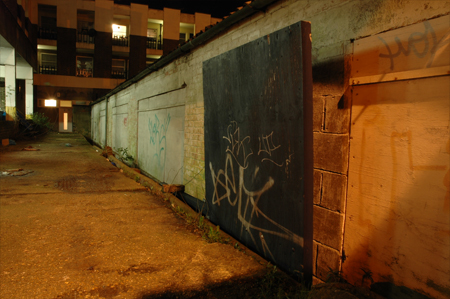With this unit i have decided to base my concept on and around old factories and buildings in urban areas such as Salford and Manchester, both of which are full of old buildings dated from the victorian period. I already had some idea about the industrial revolution but have reserched further to create more of an idea of the significant elements that i could place within the frame to conclude some sort of irony, a common element i have found in photojournalism, documentary, press photography and reportage. below is some information i have chosen that i think is relevant towards the change since the industrial revolution in relation to the present, A link to the website is below. So here is my journey of thought and inspiration.
Salford in the 18th century
By the early 18th century, contemporary maps show Salford as still largely rural, with the major road networks already in place. By 1750 the town was to change dramatically - possibly the most drastic transformation of any town in England, as factories (largely spinning, weaving, dyeing and bleaching) took over the fields, so that nowadays only their names survive to indicate where they were. Salford's growth at this time was marked by some degree of industrialisation.
Salford in the 19th century
In the 19th century, the effects of the industrial revolution on Salford was phenomenal. Factories replaced homeworkers and the resident population, which was just 12000 in 1812, increased by 1840 to 70244, and by the end of the century to 220000. This rapid increase, probably the greatest in the whole of Britain, was reflected in the vast areas of poor quality housing that were built throughout the Victorian period when overcrowding created real social problems.Houses were crowded together at as many as 80 to the acre.
http://www.manchester2002-uk.com/towns/salford2.html



The first photographer in this catogry which i have looked at is Andrew Brooks. Above is a landscape of Salfords buildings today. The buildings look clean cut, less detail and quite geometric.
I have also reserched into photographers who have taken pictures in and around Salford both old and new to see how they have documented it an for me to get a better idea of the differences in the landscapes.

First Photographer is Niel Libbert, he was a photojournalist that studied in manchester and went on to work for the guardian news paper and then had a contract for the sunday times and the illustrated london news. he has also had work exhibited at the national galley, camden arts centre and The national potraits galley.


Both the images above were taken in salford, the bottom one taken in mosside dated 1958.. when the industrial revoultion would hav been uprising. with these pictures i feel have a sence of polution dirt and poverty, due to the unprise in industrial centres.

This image above demonstrates further what i am refering to. below the website and some information to back it up. http://www.makingthemodernworld.org.uk/stories/the_industrial_town/06.ST.02/
'The industrial centres had many different origins. Some, such as Salford and manchester, expanded from the nucleus of older towns. Some were small towns which expanded from the nucleus of older towns. Some were small towns which expanded and merged together, as happend on Tyneside. Others were new cities, created where none had existed before-barrow-On-Furnace and Crewe.'

Stuart Franklin GB. Manchester. The Regent Square area of Salford. Children leave a local party. 1986.

Stuart Franklin B. ENGLAND. Salford. Children playing in an vandalised phone box. 1986.
I came across Ian berry on Magnums official website. I found a book of his tittled 'The English' which has images of similar landscapes as Stuart Franklin and Nibbert. Both black and white photography two of which relate to simalr lasndscapes im look at at.

Whitby, Yorkshire

Poole, Dorset (right)
www.http://www.michaelhoppengallery.com/
I have then continued to look at modern day salford here are some image referances of Salford and how the achitecture has changed since the industrial revolution hit, and how the arcitecture has modernised visualy

This image above demonstrates further what i am refering to. below the website and some information to back it up. http://www.makingthemodernworld.org.uk/stories/the_industrial_town/06.ST.02/
'The industrial centres had many different origins. Some, such as Salford and manchester, expanded from the nucleus of older towns. Some were small towns which expanded from the nucleus of older towns. Some were small towns which expanded and merged together, as happend on Tyneside. Others were new cities, created where none had existed before-barrow-On-Furnace and Crewe.'
Two more photographer i have com across are Stuart Franklin and Ian Berry both are a member of Magnum and have also taken pictures in and around Salford. here a a few examples of there work .

Stuart Franklin GB. Manchester. The Regent Square area of Salford. Children leave a local party. 1986.

Stuart Franklin B. ENGLAND. Salford. Children playing in an vandalised phone box. 1986.
I came across Ian berry on Magnums official website. I found a book of his tittled 'The English' which has images of similar landscapes as Stuart Franklin and Nibbert. Both black and white photography two of which relate to simalr lasndscapes im look at at.

Whitby, Yorkshire

Poole, Dorset (right)
www.http://www.michaelhoppengallery.com/
I have then continued to look at modern day salford here are some image referances of Salford and how the achitecture has changed since the industrial revolution hit, and how the arcitecture has modernised visualy
The first photographer in this catogry which i have looked at is Andrew Brooks. Above is a landscape of Salfords buildings today. The buildings look clean cut, less detail and quite geometric.
He has also done some commissioned work based around Salford and Salford Universitry. I think these photographs demonstrate where salford and manchester are heading within new architectural design.




i have also found another photographer called Ste Pegg who has a similar urban theme to his photographs, in context with my work for photojournalism he takes pictures of deralict buildings that have been abandoned and give a sence of what was, i also like the textures in his images which due to the decay. i have taken some images of his website which also looks really good! http://ste-peg.com/home.html images are below.
Salford University.
A main visual inspiration of mine is Rut Blees Luxemburg ever since viewing a series of her photographs in a semminar i have tried to pic out the same elements that show in her work. Such as the strong urban feel she brings across, the rich colour she captures and the geometric compasition she creates within urban lasdcapes. Luxemburg tends to take pictures at night mostly. She uses a large format cammera using light that is available from the street, such at office blocks or street lights. I would also like to use a large format camera at night to create such rich colours in my photography.
Luxumberg to me creates an sence of Aestheticism with her work. she has a brilliant
visual eye. Here are a few examples of her work.

"Towering Inferno" this image was used as a cover art for The Streets album cover,
she has also done a series of photographs for the London underground.



i have also found another photographer called Ste Pegg who has a similar urban theme to his photographs, in context with my work for photojournalism he takes pictures of deralict buildings that have been abandoned and give a sence of what was, i also like the textures in his images which due to the decay. i have taken some images of his website which also looks really good! http://ste-peg.com/home.html images are below.
Ste Pegg also creates a geometric composition within his images.
Conclution and Images.
I have taken these two concepts of the the old and new buildings in and around Manchester and Salford. The deralict factories and buisnesses that once were from the victorian period that dominated these areas, how the modern buisneses have moved into these buildings and are influencing or maybe seen as dominating the original design. Only a select few have managed to keep all of their characteristics. There are bigger more modern buildings due to the uprise in technolagy and afficiency.
Below are my own images that explain this concept further.
This Building was still in use and and kept most of its old characteristics. The door was its main feature
Some old Factories around Fredrick rd Salford. most of the lasdcape form this point is full of old industrial buildings, some of which look abandoned and forgoten about.
This Photograph was of an old factory on Broughton road Salford. I tried to capture the rich colour, geometric shapes and texture in this photograph. To me this picture gives me a sence of what was.
An image of an old victorian house converted into an english fish and chip shop. I have captured rich and bold colours that complement each other. The decision to take this image was purely due to the old building and the one behind showing detail of the old architecture, the windows on the building in the background and the chimneys on the building in the foreground. and yet the image is bombarded with new buisness taking over. The contrast between the two.
An old image that is taken use of an old building. The jacket signifying construction.
Another abandoned factory on Broughton rd Salford. A sence of abandonedment. again concentrating on geometric shapes and compastion.
A work place for machanics. The geometric comositon and gird like form lead me to capture this photgraph. Plus the farmes within a frame and contrast between textures.
I like the compostion of this image, the rich earthy colours and the contrast between the buildings brick work and the bright buisness sign, also the narrative within these elements.
Here are the contact sheets of my shoot.


























brilliant shots
ReplyDelete